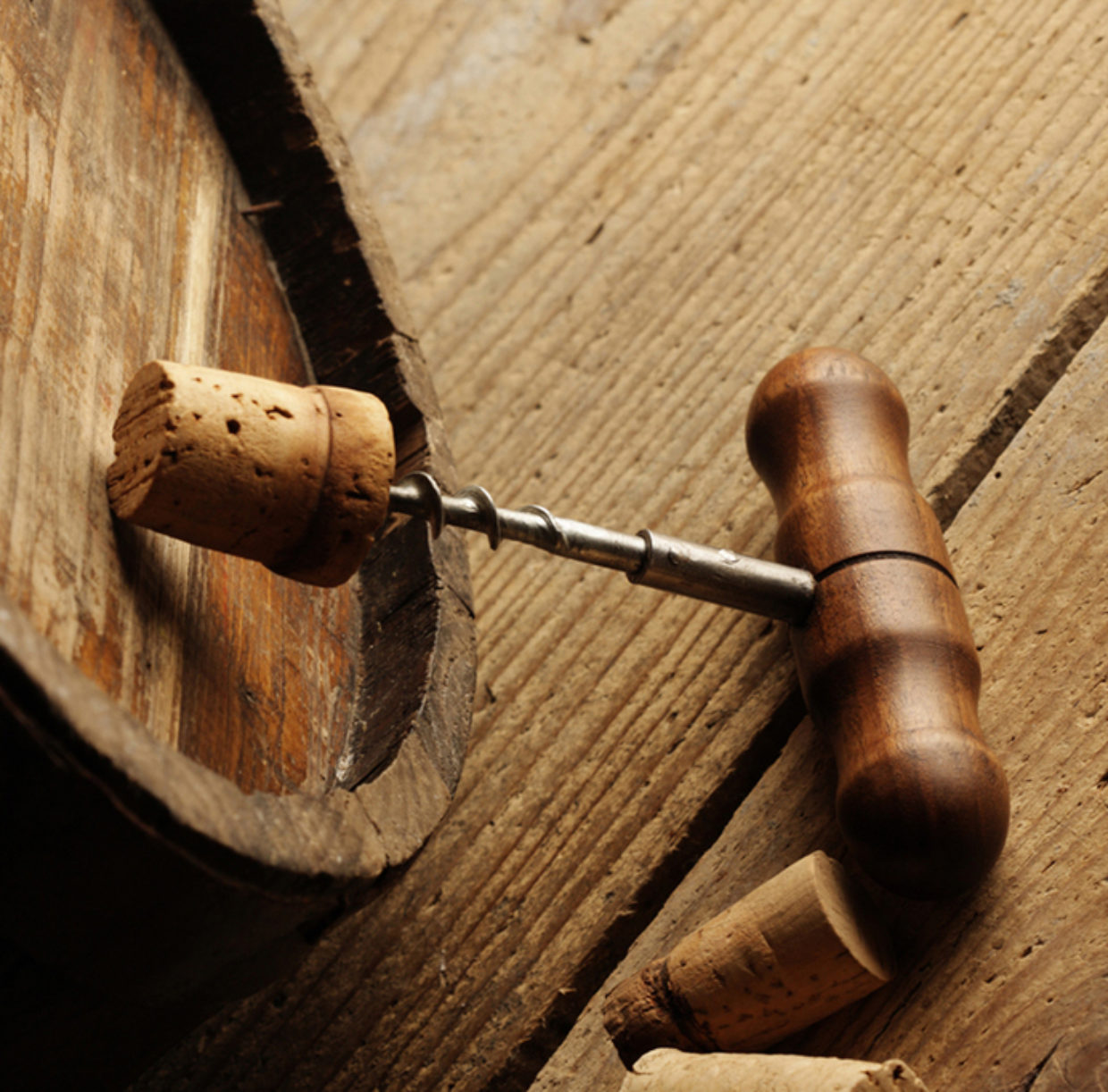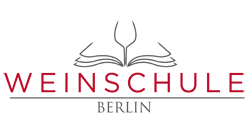
Red wine is a type of wine made from dark-coloured (black) grape varieties. The actual colour of the wine can range from intense violet, typical of young wines, through to brick red for mature wines and brown for older red wines. The juice from most purple grapes is greenish-white; the red colour comes from anthocyan pigments (also called anthocyanins) present in the skin of the grape; exceptions are the relatively uncommon teinturier varieties, which produce a red colored juice. Much of the red-wine production process therefore involves extraction of colour and flavour components from the grape skin. The first step in red wine production, after picking, involves physical processing of the grapes. Hand-picked or machine-harvested grapes are usually tipped into a receival bin when they arrive at the winery and conveyed by a screw mechanism to the grape-processing equipment. On arrival at the winery there is usually a mixture of individual berries, whole bunches (particularly with hand-picked grapes), stems, and leaves. The presence of stems during fermentation can lead to a bitter taste in the wine, and the purpose of destemming is to separate grapes from the stems and leaves. Mechanical de-stemmers usually consist of a rotating cage perforated with grape-sized holes. Within this cage is a concentric axle with arms radiating towards the inner surface of the cage. Grapes pass through the holes in the cage, while stems and leaves are expelled through the open end of the cage. After destemming, the grapes are commonly lightly crushed. Crushers usually consist of a pair of rollers, and the gap between them can usually be regulated to allow for light, hard or no crushing, according to the winemaker’s preference.The mixture of grapes, skins, juice and seeds is now referred to as must. The must is then pumped to a vessel, often a tank made of stainless steel or concrete, or an oak vat, for fermentation. In common with most modern winemaking equipment, destemmers and crushers are normally made of stainless steel (food-grade stainless steel for those parts which come into physical contact with the grapes)
The preservative sulphur dioxide is commonly added when grapes arrive at the winery. The addition rate varies from zero, for perfectly healthy grapes, to up to 70 mg/litre, for grapes with a high percentage of rot. The purpose is to prevent oxidation and sometimes to delay the onset of fermentation. Macerating enzymes (for instance glucanases) may also be added at this stage, to aid extraction of color and fruit flavours from the skins and to facilitate pressing. Tannin may be added now, later in the winemaking process, or not at all. Tannin can be added to help stabilize colour, to prevent oxidation, and to help combat the effects of rot.
Once the must is in a fermentation vessel, yeast naturally present on the skins of the grapes, or in the environment, will sooner or later start the alcoholic fermentation, in which sugars present in the must are converted into alcohol with carbon dioxide and heat as by-products. Many winemakers, however, prefer to control the fermentation process more closely by adding specially selected yeasts usually of the species Saccharomyces cerevisiae. Several hundred different strains of wine yeast are available commercially, and many winemakers believe that particular strains are more or less suitable for the vinification of different grape varieties and different styles of wine. It is also common to add yeast nutrient at this stage, often in the form of diammonium phosphate.
